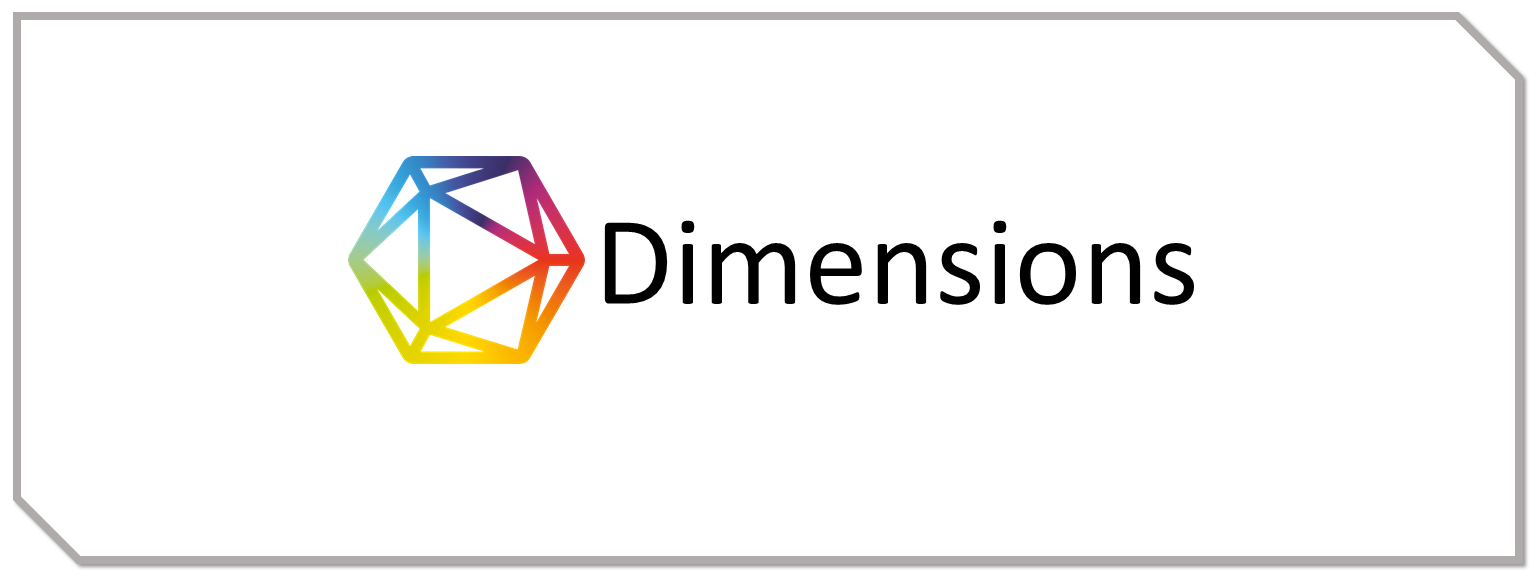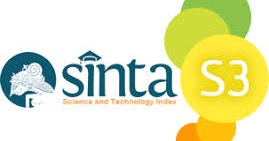Pornography Use and Its Impact on Professional Performance of Faculty of Medicine Udayana University Students
Introduction: Pornography is a medium containing sexual content in various forms that is used to satisfy the sexual desires of its consumers. Technological advancements have eased access to pornography, increasing consumption especially among the productive age group. Addiction to pornography has several negative impacts such as increasing anxiety, stress, and depression, which reduces productivity. This study aims to determine the level of pornography addiction among students of the Faculty of Medicine at Udayana University and its impact on their productivity. Methods: This research is an analytic study with a cross-sectional design to determine the effect of pornography on the productivity of Udayana University students in 2021. The research instrument are collected through questionnaire in the form of Google Forms, distributed to the 2021 cohort of the Faculty of Medicine at Udayana University anonymously to allow respondents to be more open about their pornography use, thereby enhancing the validity of the research. The results were then analyzed using an independent t-test with SPSS version 26. Results: The Pornography Craving Questionnaire revealed that 19.44% (n=14) of respondents were addicted to pornography. Those who were addicted were dominated by male respondents (26.53% vs 4.34%). When compared to productivity scores from the Individual Job Performance Questionnaire, those who were addicted had an average score of 1.30 points lower than those who were not addicted, with a P-value <0.001. The non-addicted group showed significantly higher average productivity. Conclusions: Pornography negatively impacts users’ productivity, prompting more workplace interventions in the future.
Copyright (c) 2025 Fransiskus Asisi Tokan, Lely Setyawati Kurniawan, I gusti Ayu Indah Ardani, Ni ketut Putri Ariani, Marvella

This work is licensed under a Creative Commons Attribution-ShareAlike 4.0 International License.
1. Copyright of this journal is possession of the Author, by the knowledge of the Editorial Board and Journal Manager, while the moral right of the publication belongs to the author.
2. The journal allows the author(s) to retain publishing rights without restrictions.
3. The articles are published under a Creative Commons Attribution Share-Alike (CC BY-SA) license. Many research funding bodies prefer the CC BY-SA license because it allows for maximum dissemination and re-use of open access materials. Users are free to share (copy, distribute, and transmit) and remix (adapt) the contribution under this license, including for commercial purposes, as long as they attribute the contribution in the manner specified by the author or licensor.

























